The Caterpillar was the first to speak.
“What size do you want to be?” it asked.
“Oh, I’m not particular as to size,” Alice hastily replied; “only one doesn’t like changing so often, you know.”
“I don’t know,” said the Caterpillar.
[…]
“But I’m not used to it!” pleaded poor Alice in a piteous tone. […]
“You’ll get used to it in time,” said the Caterpillar; and it put the hookah into its mouth and began smoking again.
(Alice in Wonderland, Chapter V)
The events surrounding the COVID-19 pandemic have cast all of us down a sort of ideological rabbit hole where, as Alice discovered on her journey to Wonderland, everything has become what it isn’t: parents play new roles as both teachers and tech support, bedrooms double as office spaces, and dining rooms host family meals, study halls, and conference calls. This transformation has been particularly unpleasant for the world’s performers, now entirely dislocated from the actors, artifice, and audiences that comprise the theatrical experience. It can be difficult to organize any kind of performance these days, and for those who do it can be difficult to distinguish how the event differs from television or film.
After more than a year of reimagining rehearsals and sharing Zoom link tickets, the frequency of these changes may have rendered us accustomed to them, but, like Alice, we are unlikely to enjoy it. Nevertheless, some creatures in this new performance world have a long history across radically diverse environments. Puppetry, for example, with its unique understanding of theatrical space, finds itself well-positioned to negotiate the intersection of radically different spaces occupied by fundamentally separate and distinct participants. In this sense, the plasticity of puppets and their ability to thrive in even the most hidden and unthinkable of spaces may prove more valuable now than ever, at a time when the pandemic and a world gone mad has undermined every performance space as we know it. This series takes a look at the varied spaces of the puppetry world and the way those spaces shape the beings that inhabit them, both in front of and behind the curtain, and sometimes even away from theatrical settings.
We authors are somewhat creatures from differing worlds: Esther is a scholar of Spanish literature, and Jason is a theatre director and puppeteer. As two academics specializing in early modern theatre, our paths crossed at various conferences where we discovered a mutual passion for performance and puppetry of seventeenth century Spain. In 2018, we, along with friends and fellow scholars Jonathan Wade and Jared White, decided to put our academic interests into practice by founding the Dragoncillo Puppet Troupe, a performance group that celebrates Hispanic culture through innovative shadow puppet techniques that enable spectators to become performers themselves. As professional educators, we believe the best way for students to learn and to gain an appreciation for the past is through the kind of hands-on experience that puppets offer.
Puppetry, for example, with its unique understanding of theatrical space, finds itself well-positioned to negotiate the intersection of radically different spaces occupied by fundamentally separate and distinct participants.
In late January 2020, just weeks before the pandemic shut everything down, our troupe travelled to Salzburg, Austria, to participate in an intriguing conference titled “Puppet Theatre: In the Beginning Were Puppets.” The event brought together an international cohort of scholars and performers to explore any and all things related to puppetry: from the historical, anthropological, or theological, to the aesthetic, creative, and practical. The subject matter of the conference had piqued our interest, but its unique location had secured our immediate desire to attend. The gathering was supported in part by the famed Salzburg Marionette Theatre—one of the oldest and most respected puppet troupes in the world—with the first full day of presentations taking place on the company’s stage itself.
The remarkable setting proved most unexpected. The area of the stage, a space typically occupied only by marionettes, was scarcely larger than a very small bedroom, and in fact had been decorated as such for the company’s production of Pùnkitititi!. One of the marionettes used in the show stood proudly on a small, white pillar center stage. What little floorspace remained had been used to furnish the needs of the conference, including a projector screen, a couple of chairs, and a table. The contrast in scale between these two disparate yet overlapping spaces was as provocative as it was abrupt: regular-sized humans being engaged in a constant yet natural exchange with a miniaturized environment and people. The blending of spaces was also reflected in the diversity of intersecting ideas shared by the speakers on topics such as the use of puppets in a broad spectrum of creative, historical, and sociopolitical settings across the world, from radio plays, magic shows, and opera houses to concentration camps, foreign language pedagogy, museums, philosophy, and even architecture. As a result, the gathering produced a truly thought-provoking exploration of the puppet’s contributions to both creative expression and the human condition.

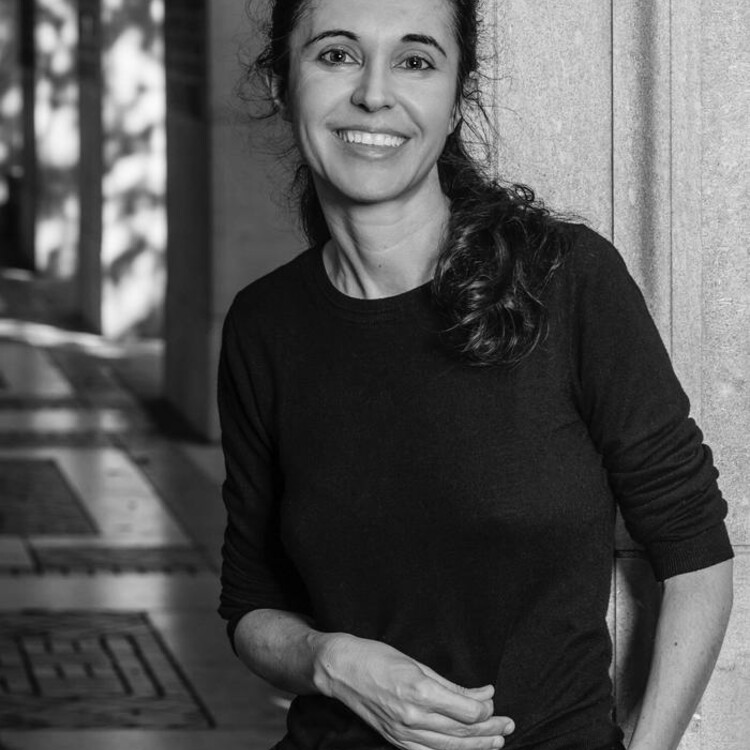


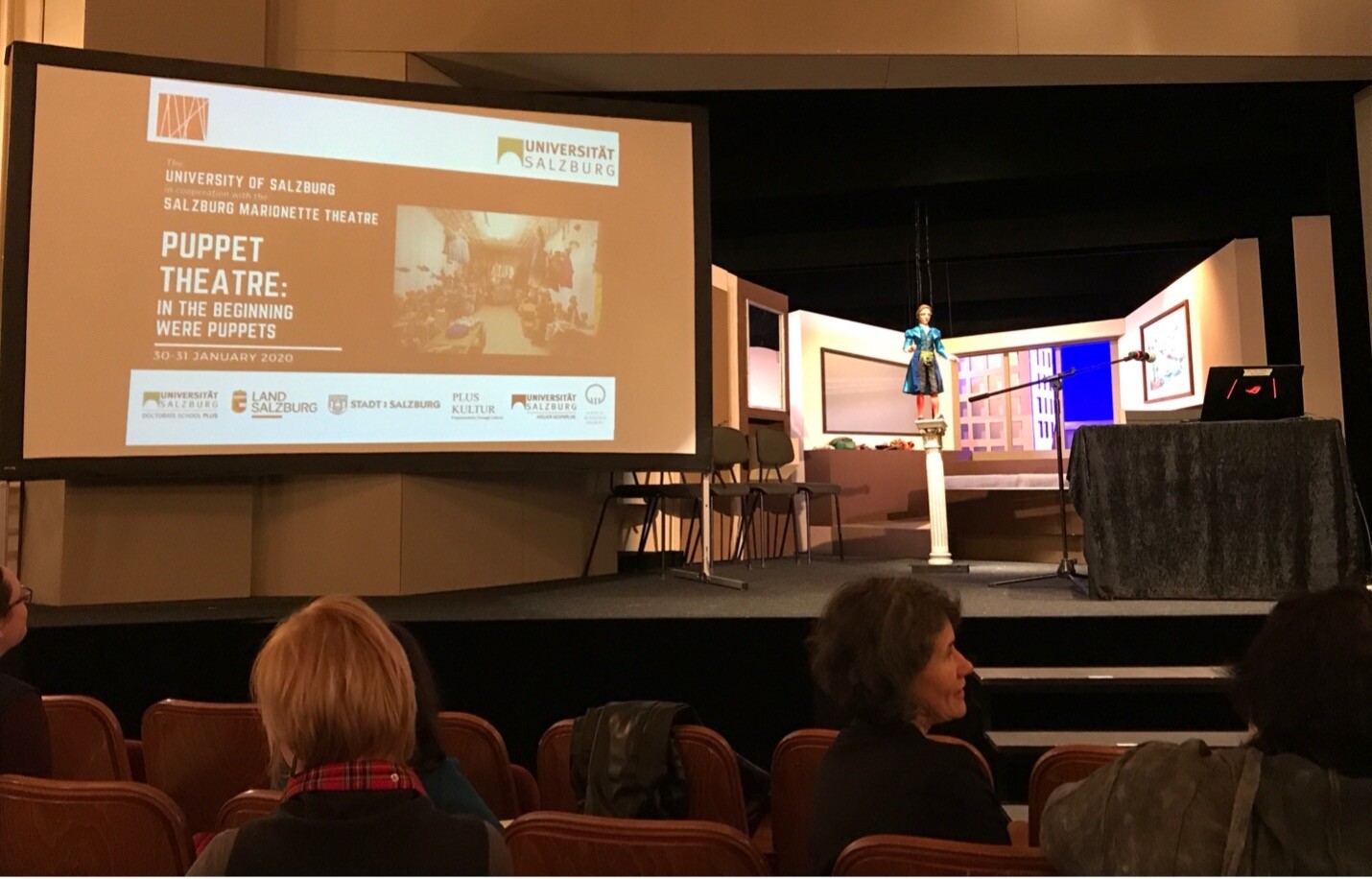
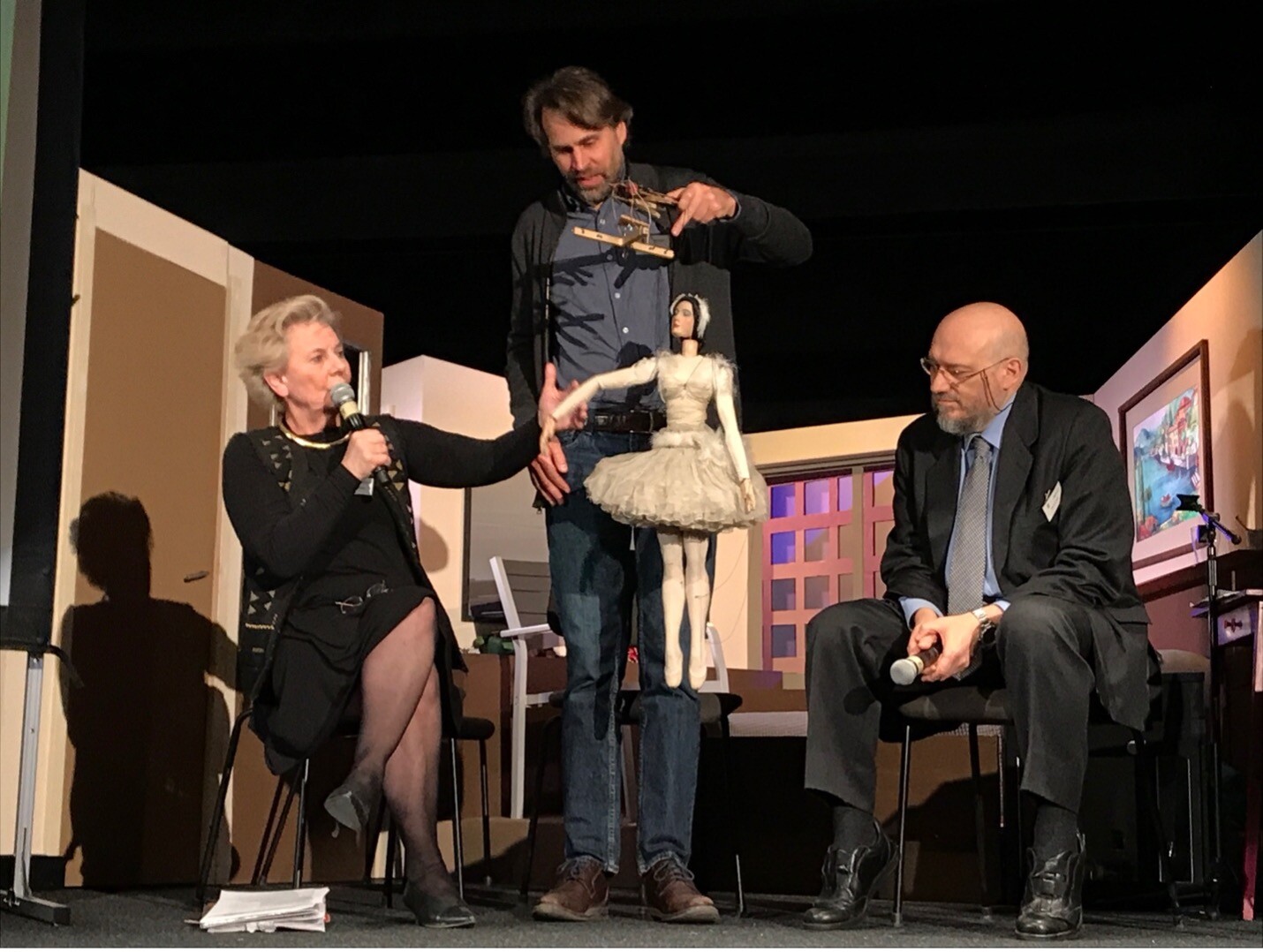
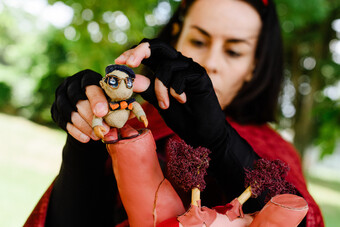

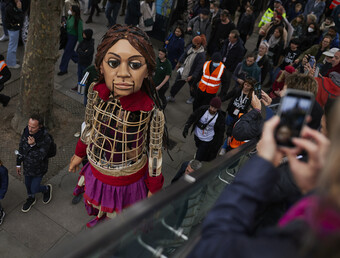



Comments
The article is just the start of the conversation—we want to know what you think about this subject, too! HowlRound is a space for knowledge-sharing, and we welcome spirited, thoughtful, and on-topic dialogue. Find our full comments policy here